Redditoru/PigeonLoverAkaneshared how a woman scolded her for not giving up her bus seat. The “Karen” based her demands on the fact that the passenger looked healthy, when she was actually in a lot of pain. Scroll down for thefull storyin the OP’s own words.
Making assumptions about people’s health can have detrimental effects

Image credits:cottonbro studio (not the actual photo)
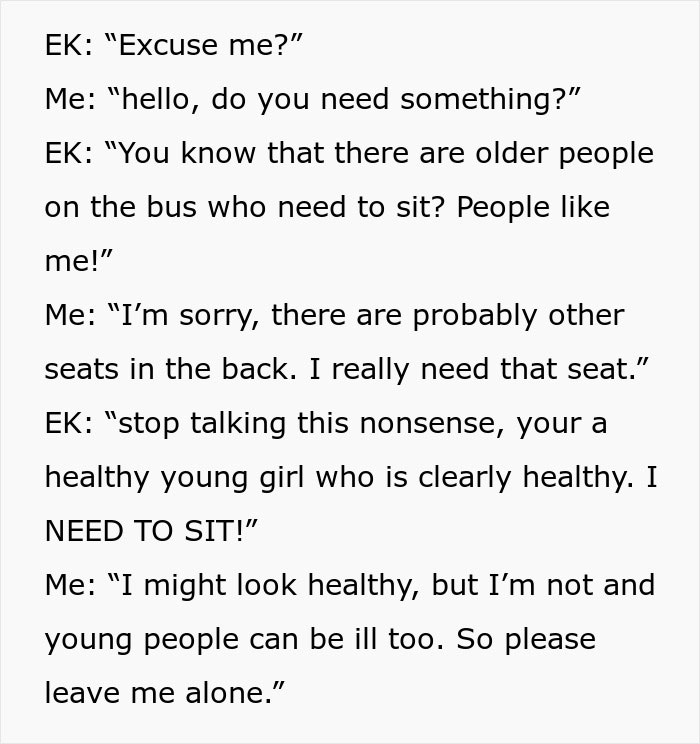

Image credits:Dobrila Vignjevic (not the actual photo)
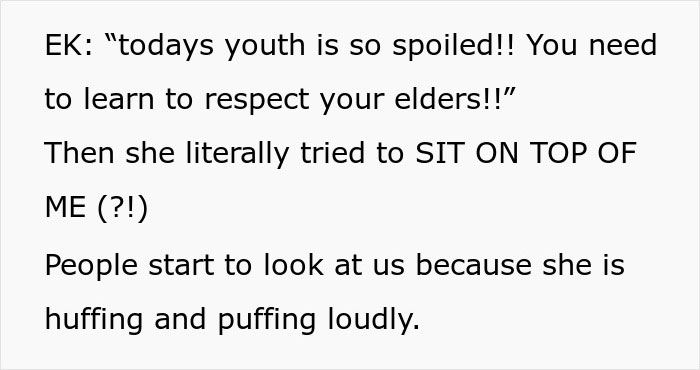
Image credits:PigeonLoverAkane
The thought that young people are healthier is a common but not an always correct assumption
Making assumptions can seriously offend or hurt someone as you never know what the other person is going through; especially if it’s someone you don’t personally know. Butresearch suggeststhat we tend to make assumptions about the features of everything around us, both things and people.
Clinical psychologist Jennifer Guttmanpointed outthat individuals might make assumptions because of impatience to resolve certain situations. “In haste, people mentally make inferences without adequate supporting evidence. These inferences and conclusions may be negative or catastrophic, but people draw them in order to feel the situation is resolved.”
It’s arguably not the first, nor the last time when a visually healthy-looking person with an illness has had to deal with a similar situation. And in instances like that, not all of them might be equally enthusiastic about explaining their conditions in great detail just to prove that someone’s assumptions are not correct. That’s why it’s important to raise awareness about so-called hidden or invisible disabilities.

Image credits:Edward Jenner (not the actual photo)
According to theInvisible Disability Association, “an invisible disability is a physical, mental or neurological condition that is not visible from the outside, yet can limit or challenge a person’s movements, senses, or activities”. Also known as hidden disabilities, they include different sorts of conditions, such as autism, dyspraxia, vertigo, Crohn’s disease, cancer, asthma, chronic fatigue syndrome, and others.
To avoid situations like the one the OP encountered and to receive assistance if needed, people with invisible disabilities might wear a sunflower lanyard—an internationally recognized symbol indicating a hidden disability. TheHidden Disabilities Sunflowercompany pointed out that one in six people globally has a disability, and 80% of them—more than a billion individuals—live with a non-visible one.
The idea of the Hidden Disabilities Sunflower as a global symbol for non-visible disabilities was born at Gatwick Airport in England backin 2016, when the Airport Passenger Advisory Group engaged in discussions with representatives from the Alzheimer’s Society, Visualise Training and Consultancy ltd, the National Autistic Society, and Autism Support Crawley. They chose a green lanyard with sunflowers “to reflect the idea of confidence, growth and strength, as well as introducing happiness and positivity”.
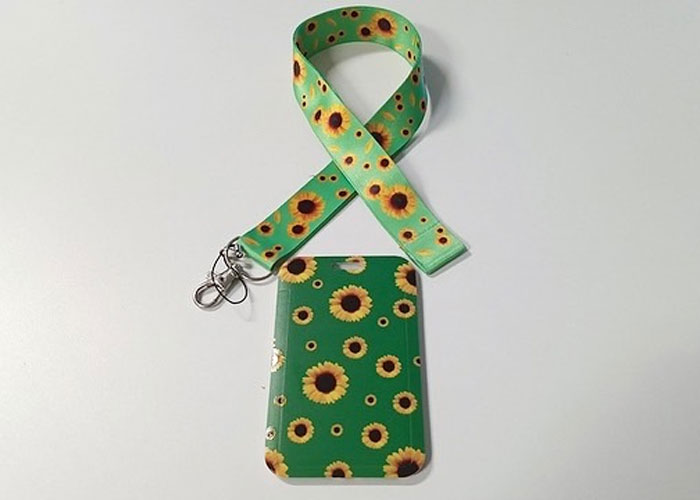
Image credits:Senado Federal (not the actual photo)
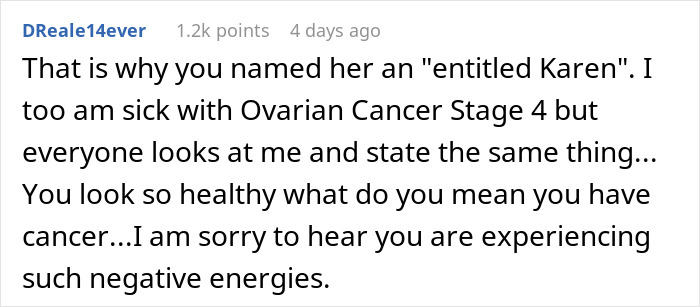

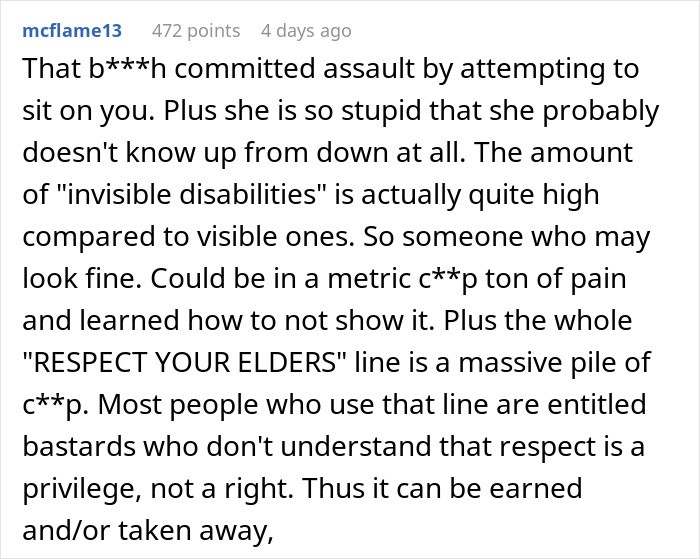

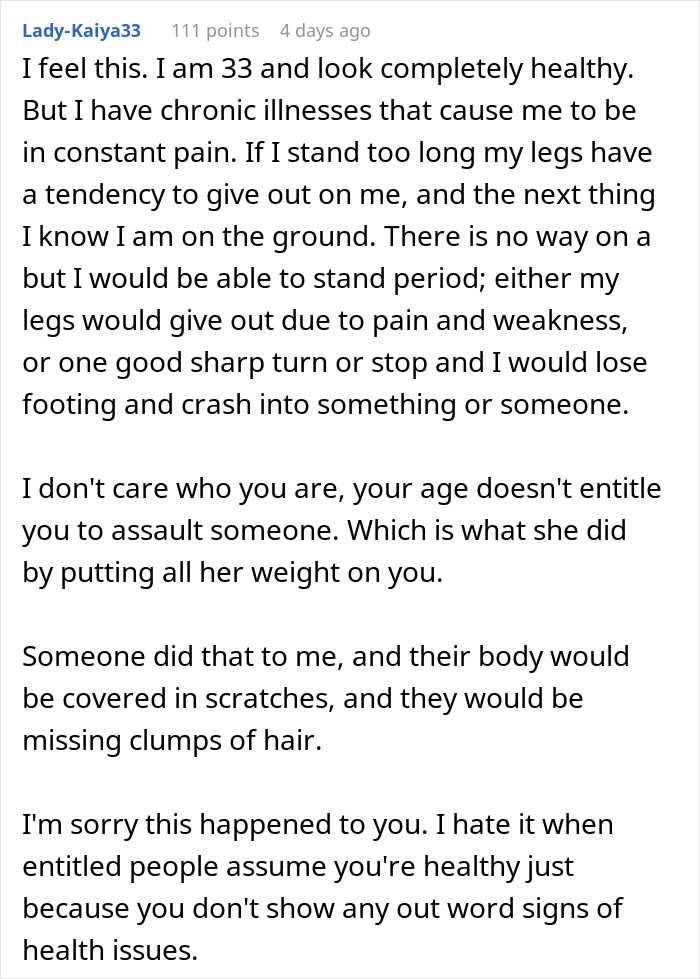
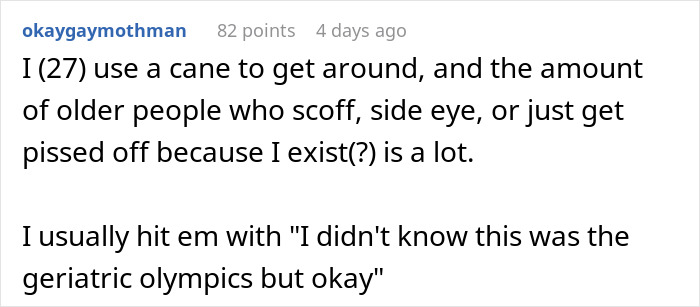


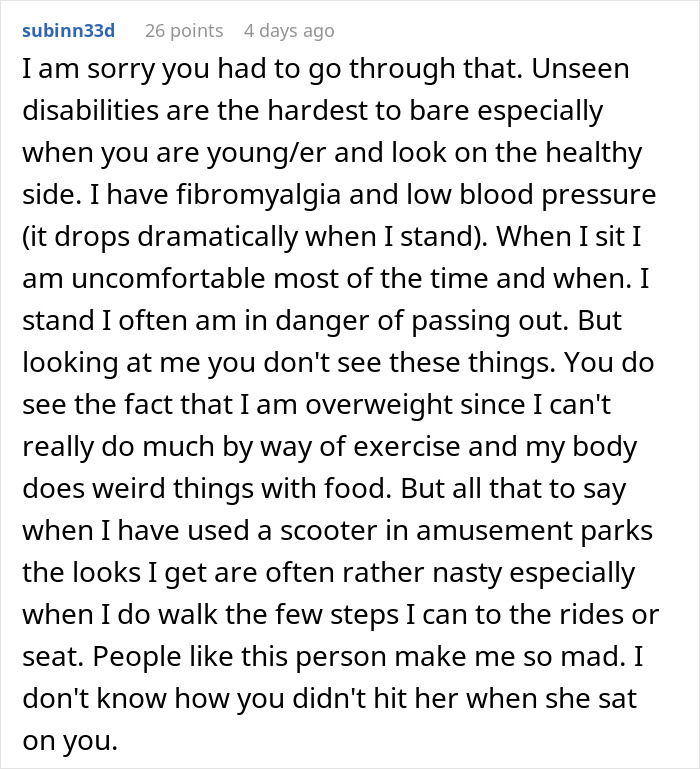
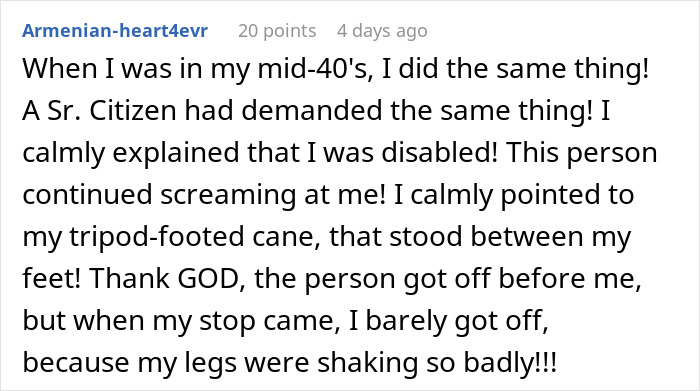

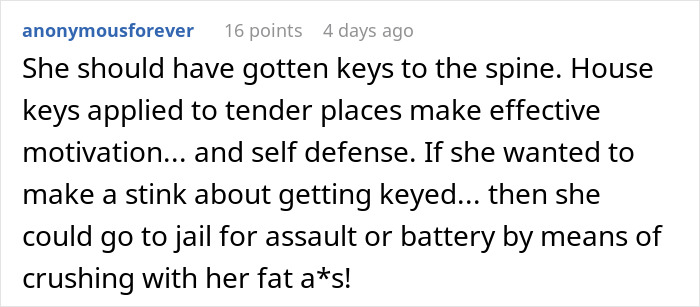

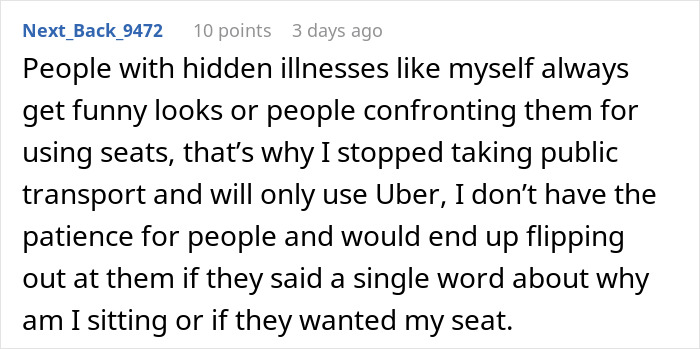
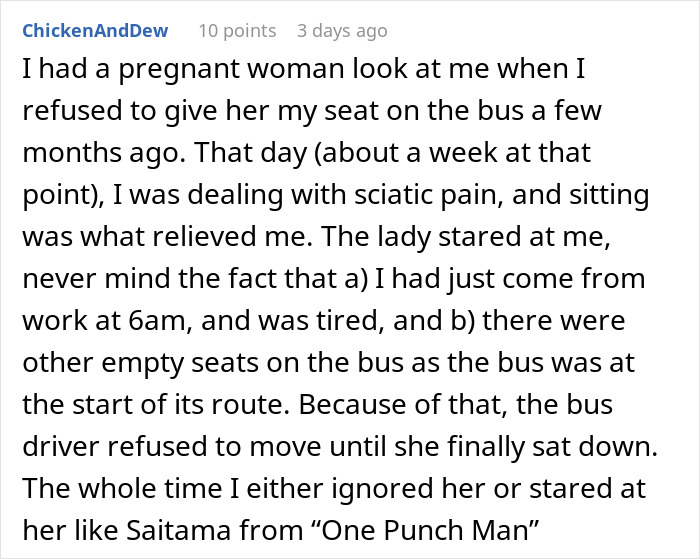

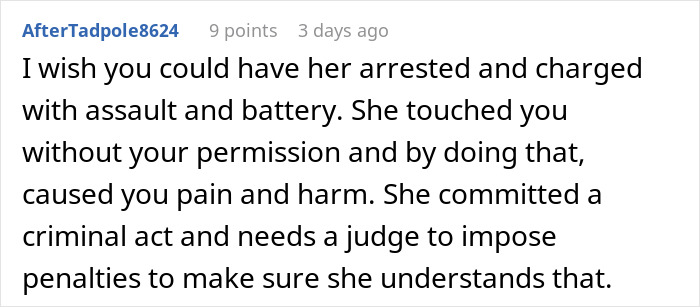

116Kviews116Kviews
You May Like“A Light Inside My House?”: Woman Refuses To Turn Off Her Kitchen Light For Karen’s ConvenienceJustinas KeturkaKaren Explodes Over Family Seating At Cafe, Leaves In A Furious OutburstMantas Kačerauskas35 Times Men Were So Hilariously Out Of Touch, They Earned The Title Of “Male Karen”Ilona Baliūnaitė
Justinas Keturka
Mantas Kačerauskas
Ilona Baliūnaitė
Social Issues